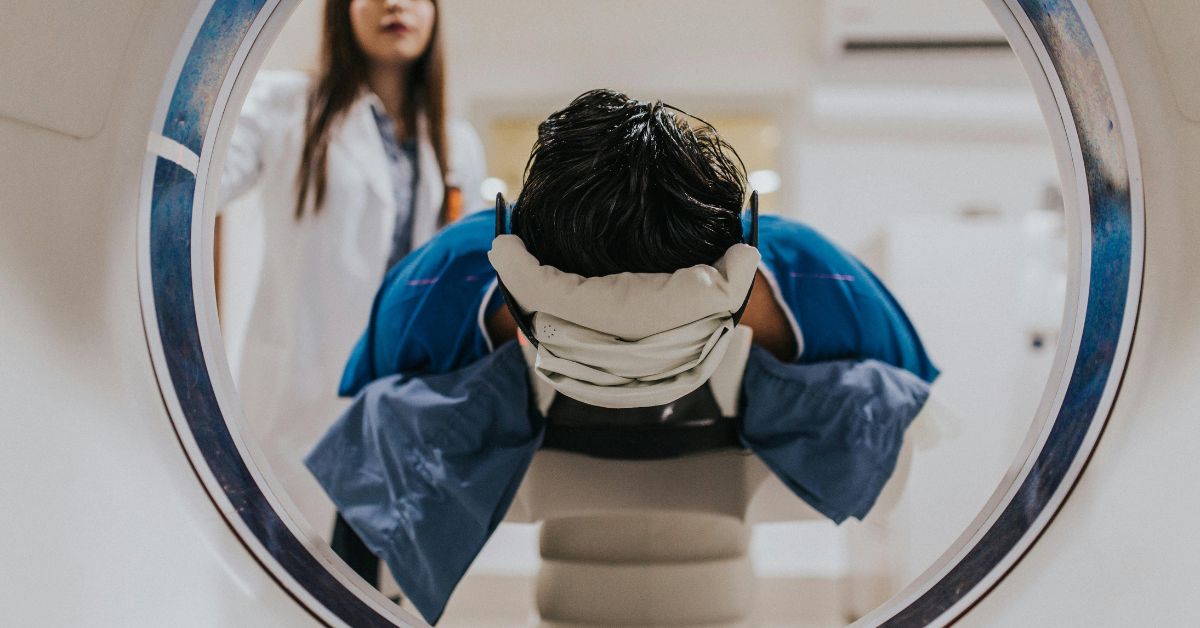It's no news that implantable electronic cardiac devices, also known as ICDs, such as pacemakers, resynchronizers and cardio-defibrillators, can suffer interference, especially from magnets. This is when the question arose as to whether patients with these devices can undergo an MRI scan.
And this concern is coherent, given the number of Brazilians with a medical device implanted in the chest, usually indicated to correct arrhythmias, as well as the widespread use of imaging exams to diagnose diseases and tumors in all regions of the body.
However, in order to determine whether patients with IHD can undergo this type of examination, studies have been carried out. Read on and find out more.
Concerns related to MRI and DCEIs
Concerns about MRI and DCEIs are not without reason, as studies have shown that pacemakers and other medical devices are susceptible to interference, especially magnetic interference.
In fact, another study proves that the proximity of the iPhone 12 to the chest of patients with mobile defibrillators can automatically turn off the devices and even kill the patients, due to the large number of magnets inside the cell phone.
Therefore, experts were questioning whether magnetic resonance imaging could do any harm to patients with DCEIs, in this case.
Studies around the world
The best way to determine this cause and effect relationship is through studies, which have even been carried out around the world.
For example, we can cite an interesting piece of research carried out and published by Brazilian students on this subject, which achieved interesting results.
And the US has also provided very revealing data on the case, such as research carried out at the Hospital of the University of Pennsylvania.
Results of the Brazilian study
The Brazilian study was carried out with 20 patients, 11 men and 9 women with IHD, who underwent examinations using the Magnetom Essenza device, with a static magnetic field of 1.5 T.
It has been proven that the presence of the medical device allows the exam to be viewed only in the small region it occupies, which is about 5% of the patient's chest, and does not interfere with the MRI scan in general.
In this way, the procedure can be conducted perfectly, achieving high technical quality so that the specialist who prescribed the examination can see the region perfectly.
Of the 20 patients, none had symptoms such as palpitations, chest pain or any other sign of interference and only 1 reported a lot of noise during the test, but nothing that prevented it from being carried out.
In addition, they were all being assessed and no device was altered. It is concluded that performing MRI scans on any part of the body is safe for people with SCI.
North American study results
In this study, 139 people underwent a total of 200 MRI scans, where at most each patient underwent 16 procedures, on all parts of the body, mainly the chest.
No abnormal signs or even any type of sustained tachyarrhythmia were found, as well as problems such as pacemaker battery voltage, changes in the pacing rate, among other alterations to the devices.
In this study, a single patient who had an abandoned subcutaneous matrix felt a significant increase in temperature at the site, which caused the test to be abandoned.
In conclusion, it was found that MRI scans can be performed on any part of the body of people with implantable electronic cardiac devices, but it is highly contraindicated for people who have an abandoned subcutaneous matrix.
Conclusion
Both studies give a positive outlook on the main question of whether patients with DCEis can undergo MRI scans.
However, as each case is unique, it is extremely important to bear in mind that if anyone with a pacemaker or other type of ILD needs an MRI scan, they should inform their cardiologist of the need for the imaging test and confirm whether it is feasible.
Now that you've read this article, take the opportunity to continue browsing the blog. How about readingabout the evolution of heart transplantation over the decades? Check it out.



